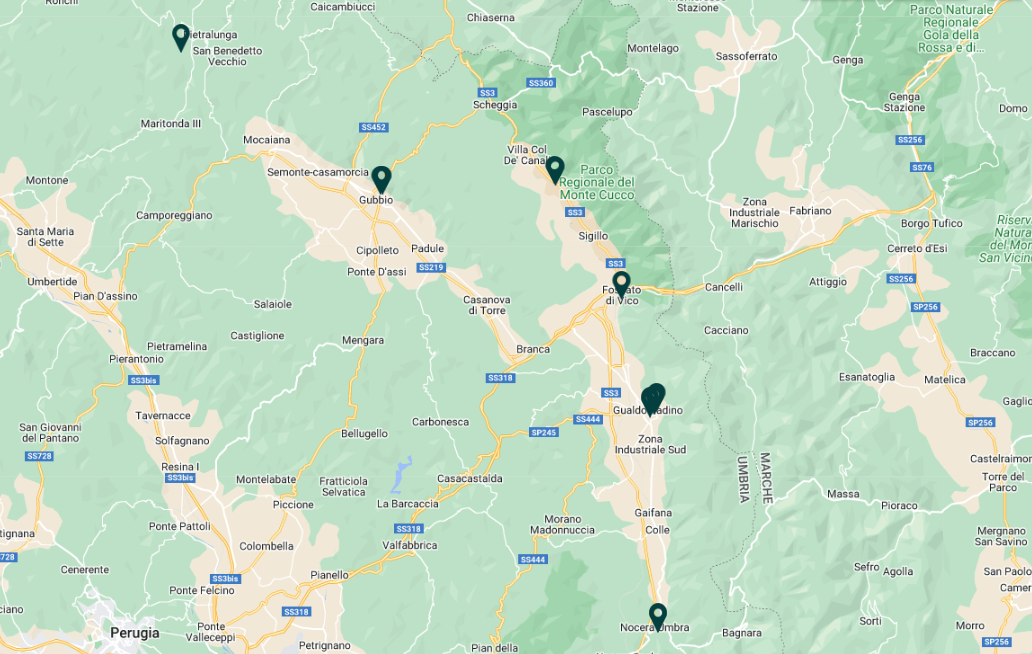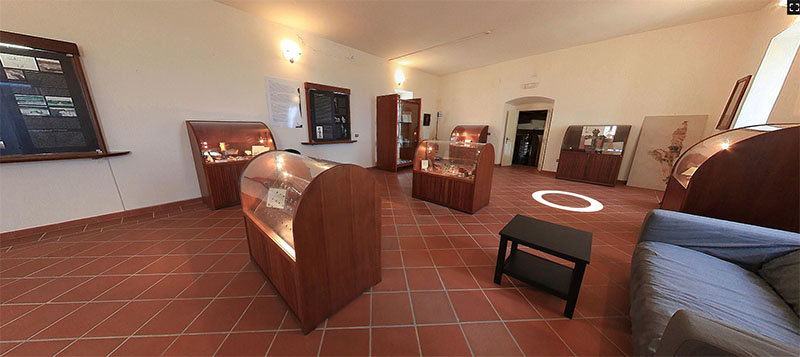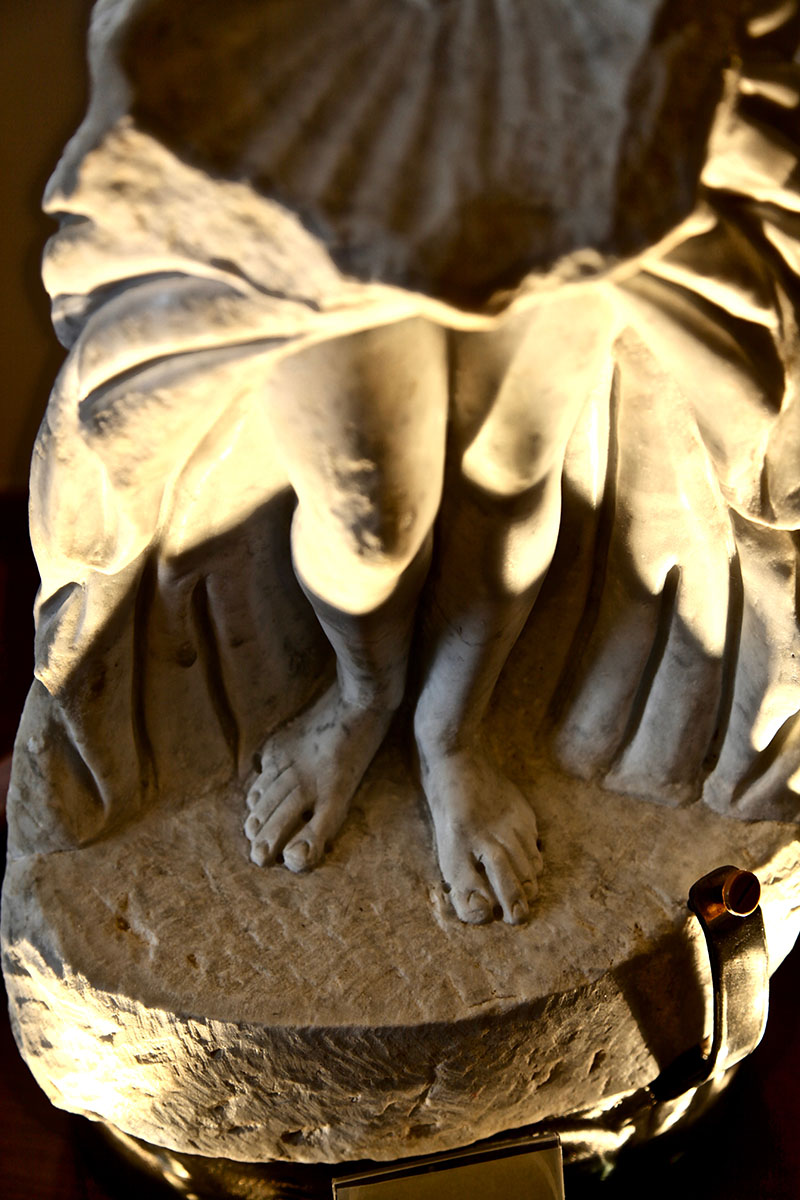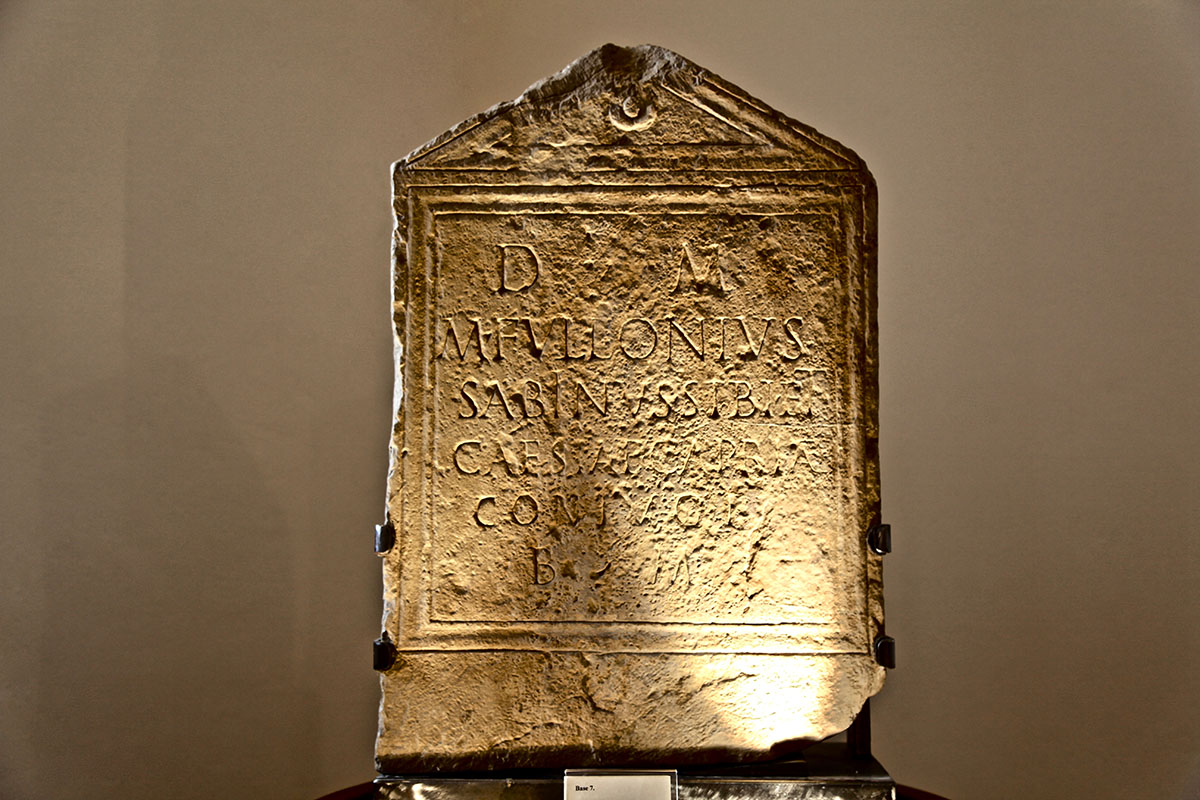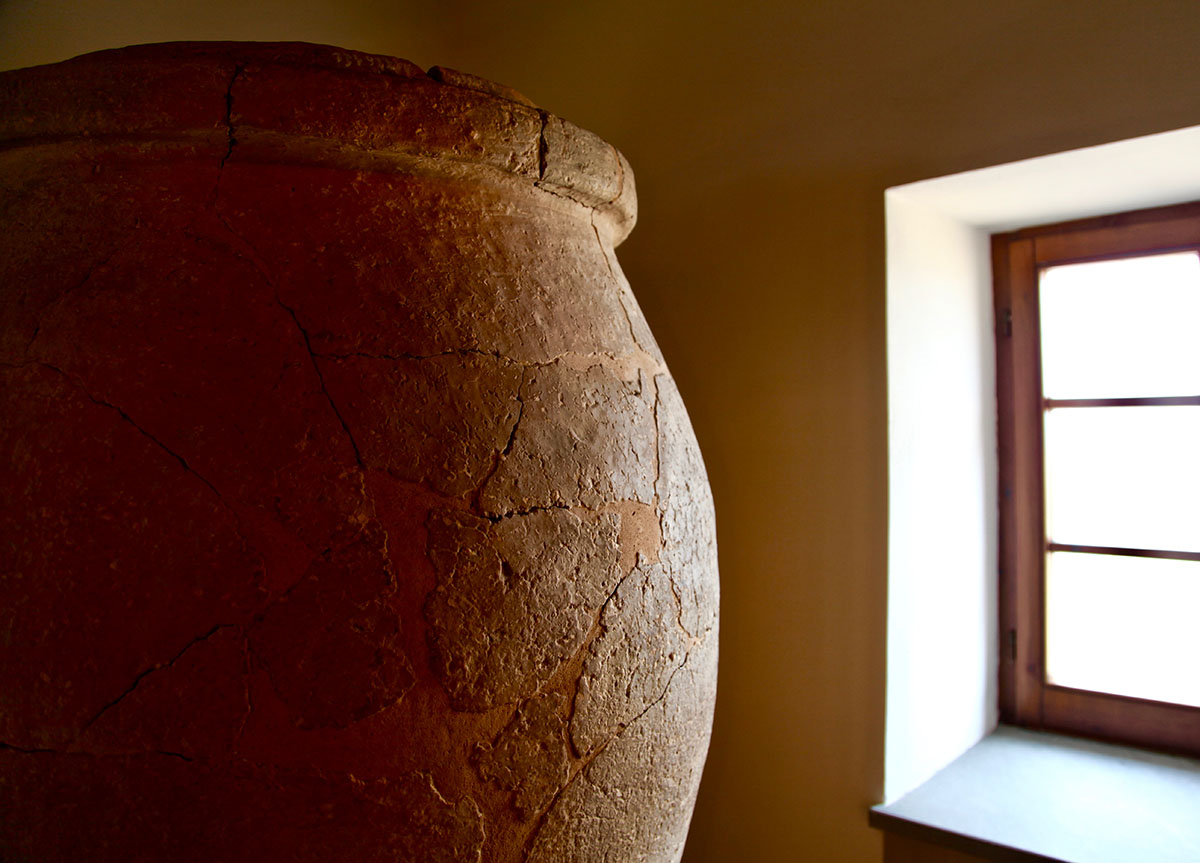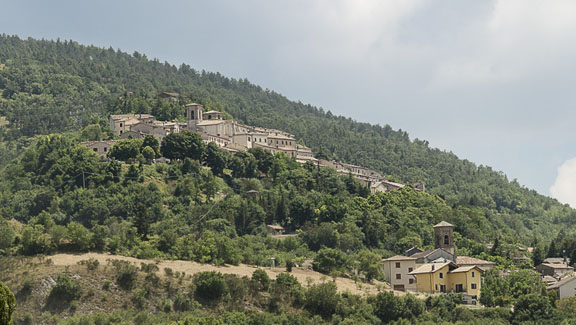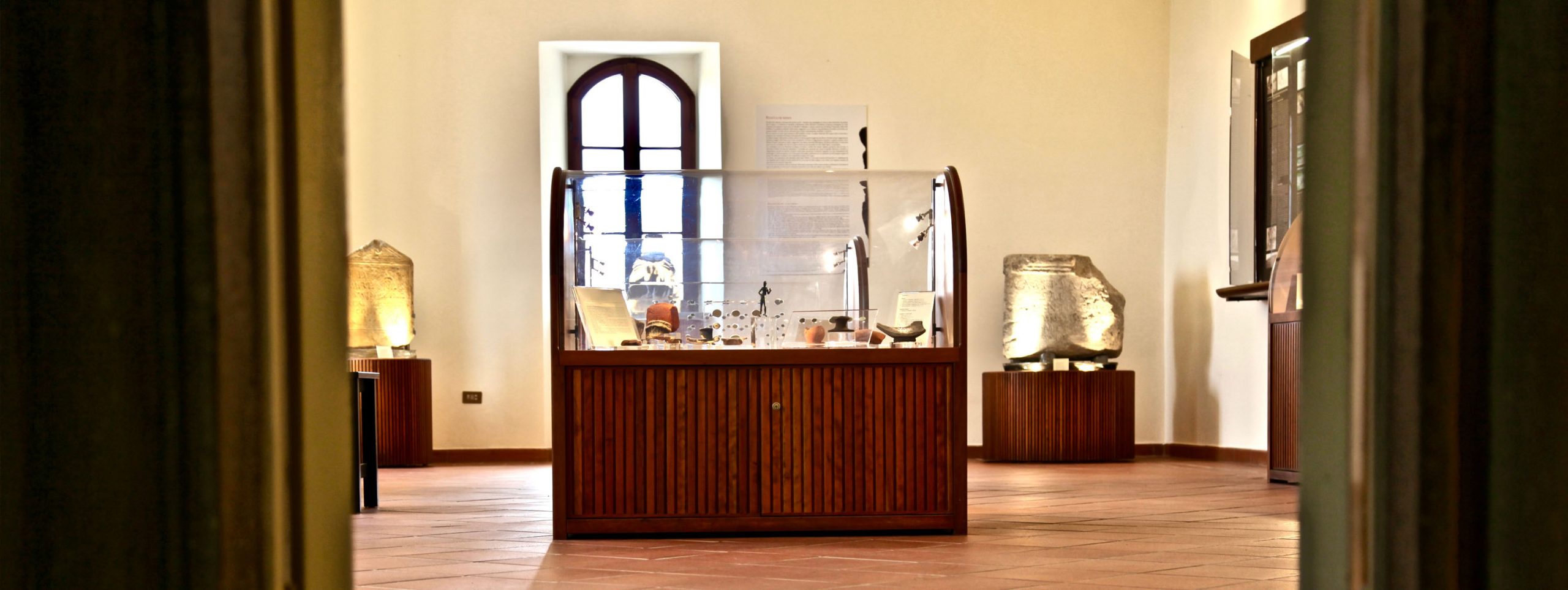
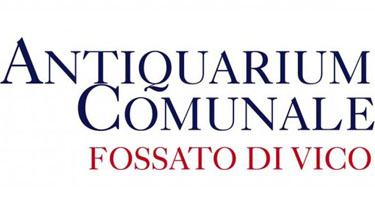
NEWS
THE MUSEUM
The human presence in the territory of Fossato di Vico is likely to date back to the second
millennium B.C. In these places, people from Umbria, the Picenis and other people from the
Appennines slopes used to meet and exchange their products, at the Apennine pass.
In the III-II century BC the Romans built a post station equipped with a change of horses,
refreshment and a small village that took the name of “Helvillum”. The construction of the “via
Flaminia” made the settlement an important vicus enough to be present in all four Roman
Itineraria.
After the fall of the Roman empire in the battle of Tagina (today Gualdo Tadino) in 552 (a long
Gothic – Byzantine war), the village was probably destroyed and a new settlement happened due
to the strategic importance of the place but this time with the Byzantine name ‘Fossaton’ (fortification) whereas the ‘di Vico’ was added consequently in order to symbolise the
count Vico, an ancient noble from Fossaton. Following the fall of the Western Roman Empire, the
barbarian invasions and the Battle of Tagina (552 AD), “Helvillum” disappeared and a new
settlement was built in a more dominant position, this time with a name of Byzantine origin
“Fossaton” (fortification on the high ground), while “di Vico” was added in 1862, after the unification
of Italy, to distinguish Fossato from other namesakes, in honor of the Count “Vico son of Monaldo”,
called “the Wolf”. The castle of Fossato, in the medieval period, represented a strategic point for
the whole north-east of Umbria and was disputed by Gubbio and Perugia. Even today it still
preserves its evocative medieval characters, with its walls, towers, the defensive and road network
of the internal alleys, with round stone vaults, pointed arches and coverage in wooden planks,
where the “Rughe” stand out, a very beautiful and suggestive walkway. In 1386 Fossato became a
Municipality proclaiming the “Statute” which guaranteed self-government, a statute which it
managed to preserve even under the dominion of the Papal States. In 1540 Umbria, Perugia and
consequently also Fossato di Vico passed under the Papal States, with which, (with the exception
of the Napoleonic parenthesis where Fossato was found as a borderland between the Kingdom of
Italy and the Kingdom of France and it is for this reason that customs was established at Osteria
del Gatto) it remained until the establishment of the Kingdom of Italy in 1860. Fossato di Vico,
today, as in the past, is still found as a borderland and passageway between the realities of
“Umbria and Marche”. It is part of the Monte Cucco Natural Park.
CONTACTS
Antiquarium
Via Mazzini, 16 – Fossato di Vico (PG)
+39 075 919591
GALLERY
NOVEMBER-MARCH
Saturday: 10 am – 12 am / 2.30 pm – 5.30 pm
Sunday: 10 am – 12 am / 2.30 pm – 5.30 pm
APRIL-OCTOBER
Saturday: 10 am – 12 am / 3.30 pm – 6.30 pm
Sunday: 10 am – 12 am / 3.30 pm – 6.30 pm
Regular price: € 3,00
Reduced price: € 2,00
children 7-14 years old – over 65 years old – students – groups with more than 15 people
Free admission: residents in Fossato di Vico, children 0-6 years old, disabled guest and escort, teachers and professional visiting for research purposes

